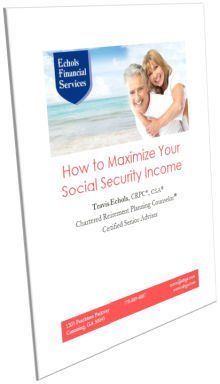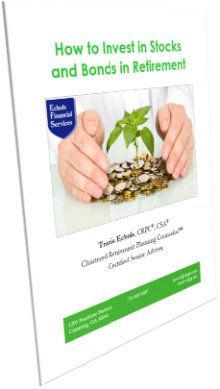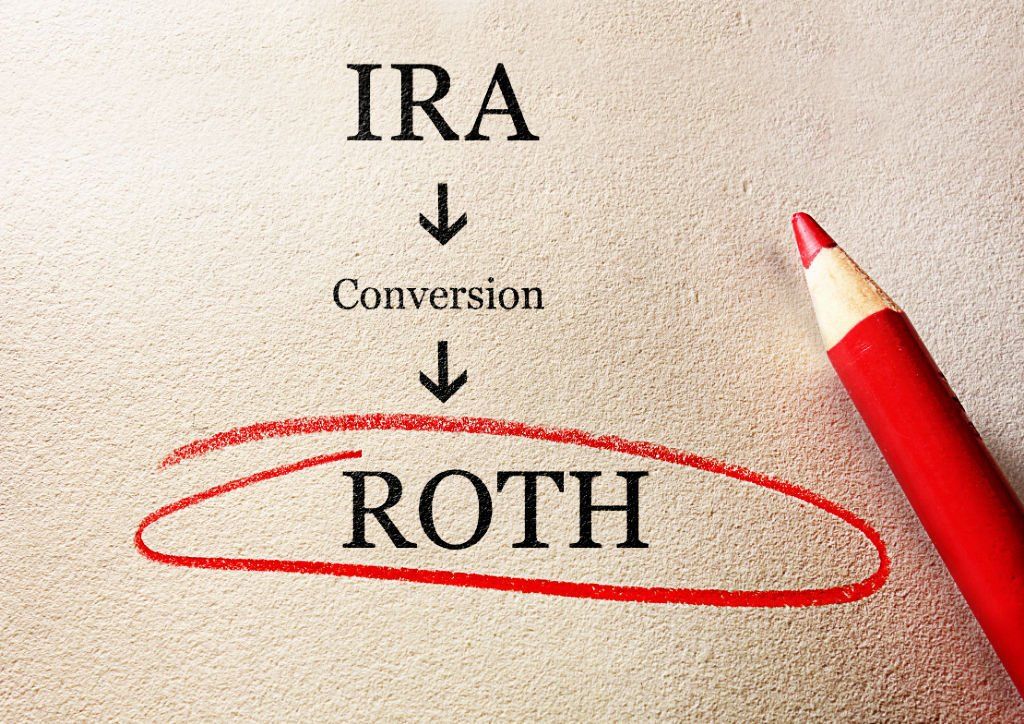Our Year-End Economic Update

As we near the holidays, I thought it would be a good time to update you on the economy and my investment outlook.
Executive Summary
The U.S. economy looks strong, but there are
some concerns for stocks. (Remember, stocks are a leading indicator not a
lagging indicator. So, stocks tend to turn down ahead of economic trouble
rather than the other way around.)
U.S. stocks have resumed their dominance in 2018, beating foreign markets by a good 10%.
Should we therefore invest heavily in trending U.S. stocks? After all, history shows that some of the best returns come at the tail-end of a bull market. Or, should we protect some of our gains over the last ten years (the longest official bull market in history) and redeploy them into bonds or other less pricey stocks?
There may be more steam left in this long U.S.
bull stock market, but if you are in or near retirement, it would be prudent to take
note of high historical prices, rising interest rates, a
flattening yield curve, the rising national debt, and increased trade tariffs. Make sure your portfolio design incorporates this economic
data in a way that is appropriate for your goals and risks.
If you are not confident,
schedule
a 15-minute phone call
with me. I have a
carefully designed no-cost process
to help
you make an educated and informed decision about how our firm can help you. And you can use this process to evaluate
other firms you may be considering.
Sign up to receive other helpful email articles on retirement planning--free of charge .
Details
GDP growth is on the rise
The American economy enjoyed 4.1% GDP growth in the second quarter and 3% GDP growth for the 3rd quarter. To put that into perspective, the GDP growth average over the last 10 years (2008 through 2017) was 1.48%. Source: countryeconomy.com
Unemployment
numbers are at historic lows
The chart below shows the unemployment rate and wage growth for production and nonsupervisory workers since the 1960s. As the unemployment rate has fallen from its high of 10%, wage growth is starting to rise.
Trade tariffs could have mixed results
High tariffs are good for government coffers but not for economic growth. High tariffs may also result in rising inflation as overseas products become more expensive. Large company profits will likely be negatively impacted while small company stocks may benefit since they typically buy and sell locally.
The U.S. national debt is rising
Another thing to watch is the U.S. federal deficit. This year, the $21.5 trillion national debt surpassed the size of the U.S. GDP. If the U.S. government then issues more Treasury bonds, interest rates will likely rise. And higher interest rates tend to mean lower stock prices due to less consumer spending, competition from higher-yielding, less-risky bonds, and less corporate profits due to higher expenses in borrowing. Remember financial analyst, investor, and author Martin Zweig's famous maxim, “Never fight the Fed”.
Short term interest rates are rising
In the bond markets, the 10-year Treasury coupon rate has risen to 3.15%. The yield on 30-year government bonds are only slightly higher. Yet, short-term Treasury bills are above 2.5%. We have pretty flat yield curve, as seen in the blue line below.

Notice in the chart above how the curve has flattened over the last five years. (Normally, bond investors expect a much higher yield to hold longer-term paper. An inverted yield curve (where short-term rates are higher than long-term rates) is a foreboding sign of a coming recession; but no inversion has occurred--and may not occur.)
U.S. Stocks are outperforming foreign stocks
U.S. stocks had small losses in the first quarter, followed by good single-digit gains in the second quarter. The third quarter finished with larger gains of 7.27% which was 10.68% for the year (Wilshire 5000). In the fourth quarter, more volatility has returned.
International stocks are not performing as well this year, being in negative territory for the year, with emerging markets under-performing developed foreign markets.
JP Morgan commentary: “The chart above shows the performance of the S&P 500 and the MSCI All Country World ex-U.S. indices in U.S. dollar terms. From the late 1990s up to the Global Financial Crisis, U.S. and international equity markets performed relatively similarly – with international markets slightly outperforming U.S. markets (122% vs. 108%). However, since 2009, the U.S. stock market has gained over 250%, while the international market is up less than half of that. This out-performance is largely due to the stronger economic and earnings recovery in the U.S. post-Financial Crisis, while regions such as EM (emerging markets) and Europe were held back by falling commodity prices and a double-dip recession, respectively. However, economic momentum has started to pick up in international markets, and earnings have started following suit, which could mean that we begin to see this gap close as the U.S. enters the later stages of its economic cycle and others are just now picking up speed.”
Also, part of the reason for recent foreign stocks under-performance held by U.S investors is the strengthening U.S. dollar, due (in the short run) to higher U.S. government bond yields compared to other countries. But I wouldn’t expect this trend to continue and foreign stocks are much more favorably priced compared to U.S. stocks, with higher dividend rates (3.4% versus 2.0% on average) as seen above.
“This chart looks at different measures of equity earnings and valuations across four areas of the world: The U.S., Europe, Japan, and emerging markets. The left side of the page shows the next twelve-month earnings estimates in U.S. dollar terms. This illustrates the recovery some regions have made since the financial crisis and which regions may have more room to run in the future. We can see that the U.S. and Japan have had strong earnings growth for a while now, while EM and Europe have only recently started to see earnings improvements. The right side of the page compares each region’s current valuation to its 25-year history.”
U.S. stocks are expensive compared to foreign stocks
Research Affiliates, LLC, a global leader in smart beta and asset allocation, provide research to some of the world’s leading financial institutions. They, as well as Michael Kitces, Larry Swedroe, and others, use the 10-year cyclically adjusted P/E ratio (CAPE) to assess stock valuations and their potential future expected long-term returns.
o represents the current CAPE ratio, the white line the historic median, and x Research Affiliates' estimated market value.
Note how expensive U.S stocks are (small and large cap) as compared to international developed stocks (EAFE) and international emerging market stocks.If stock asset classes tend to revert back to their historical averages, this shows much more upside growth potential for foreign stocks than U.S. stocks at this point in time.
”A
heavier weight to assets in an investors' country of domicile is a common
investment behavior known as home-country bias. The chart on the left shows the
U.S. as a percent of global GDP and U.S. stocks and bonds as a percent of
global capital markets. Those proportions are much smaller compared to the
average U.S. investor's allocation to U.S. assets, which suggests that U.S.
investors may be under-invested in international assets. The right side of the
page shows that investors may invest with bias regionally as well. For example,
the chart shows that investors in the northeast are more likely to own
financials stocks. These investors may be biased toward the sector because of
the investors' proximity to New York City, a global financial hub. In the same
vein, investors in the west are more likely to own technology stocks because
they feel familiar with Silicon Valley-based firms. Industrials and energy are
the key economies of the Midwest and the southeast, respectively, and investors
in each region tend to overweight those sectors.”
Diversification still works
The modern finance movement started in 1952 with Harry Markowitz who showed how a portfolio could be made less risky without sacrificing return by combining various assets that were not perfectly correlated. He showed that even by adding a riskier higher-expected-returning asset, the portfolio itself can become less volatile. This is the holy grail of investing: more return for less risk. That is where proper asset class diversification is needed and is the basis for the principle, “Diversification is the only free lunch in investing”.“This chart shows the historical performance and volatility of different asset classes, as well as an annually rebalanced asset allocation portfolio. The asset allocation portfolio incorporates the various asset classes shown in the chart and highlights that balance and diversification can help reduce volatility and enhance returns.”
With a
diversified portfolio, you will never do as well as the best performing asset
class for a given year; but you will also never do a poorly as the worst
performing asset class for a given year. The goal in retirement is to shoot for
a higher return in a way that minimizes risk of loss.
And you can further enhance this balance by tilting the portfolio toward the factors of higher expected returns while lowering overall stock exposure, which is especially important for retirees and pre-retirees. See How to Reduce Investment Risk in Retirement
.
Older investors often have much more to lose than any incremental gains could ever be worth. As I often tell retirees, "Sometimes the best way to make money is not to lose big chunks of it!"
Call to Action
If you want to be confident that your
portfolio incorporates this economic data in a way that is appropriate
for your goals and risks, it’s a great time of the year to schedule
a 15-minute phone call
with me. I have a carefully designed no-cost process
to help
you make an educated and informed decision about whether our firm is a good fit
for you. And you can use this process to evaluate
other firms you may be considering.


Travis Echols , CRPC®, CSA
Receive free Social Security Guide by email




Investment Advisory Services offered through JT Stratford, LLC. JT Stratford, LLC and Echols Financial Services, LLC are separate entities.











